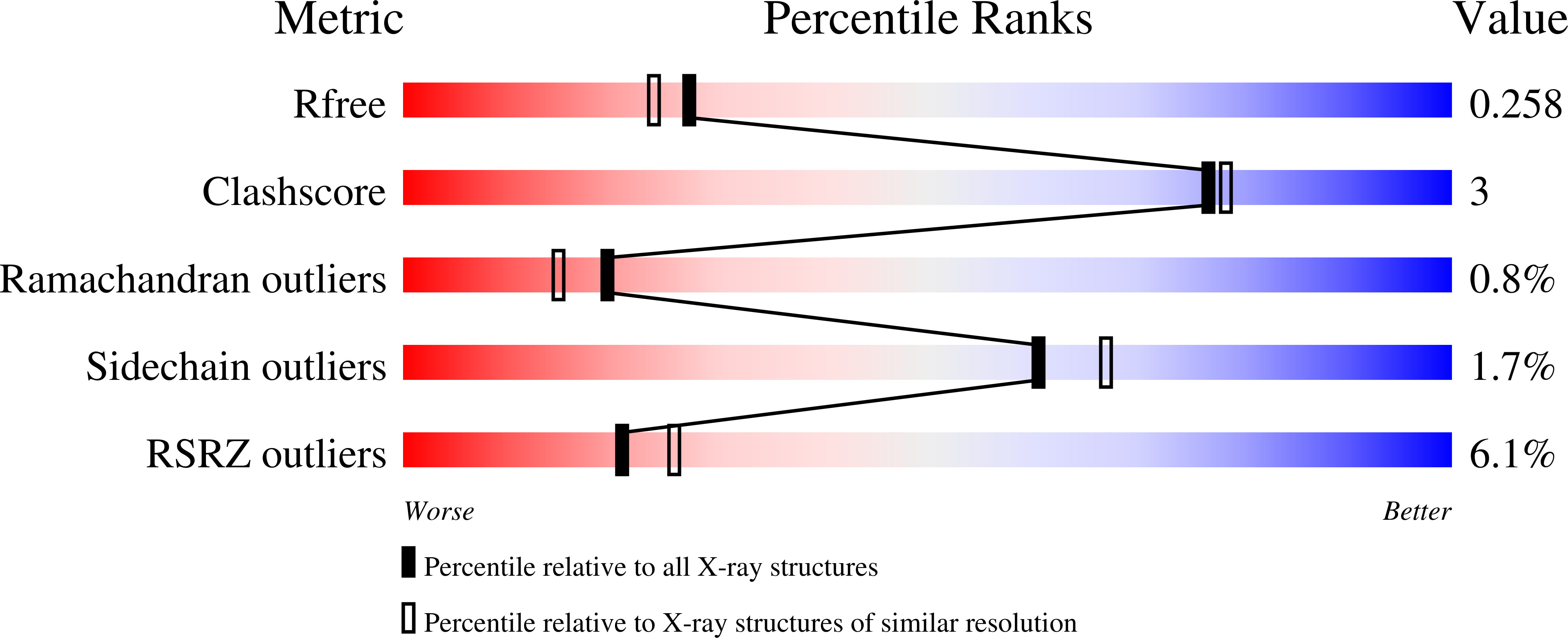
Deposition Date
2020-09-22
Release Date
2020-11-18
Last Version Date
2024-10-23
Entry Detail
PDB ID:
7K7D
Keywords:
Title:
Crystal structure of diphtheria toxin from crystals obtained at pH 6.0
Biological Source:
Source Organism:
Corynebacterium diphtheriae (Taxon ID: 1717)
Host Organism:
Method Details:
Experimental Method:
Resolution:
2.10 Å
R-Value Free:
0.25
R-Value Work:
0.21
R-Value Observed:
0.21
Space Group:
P 1


